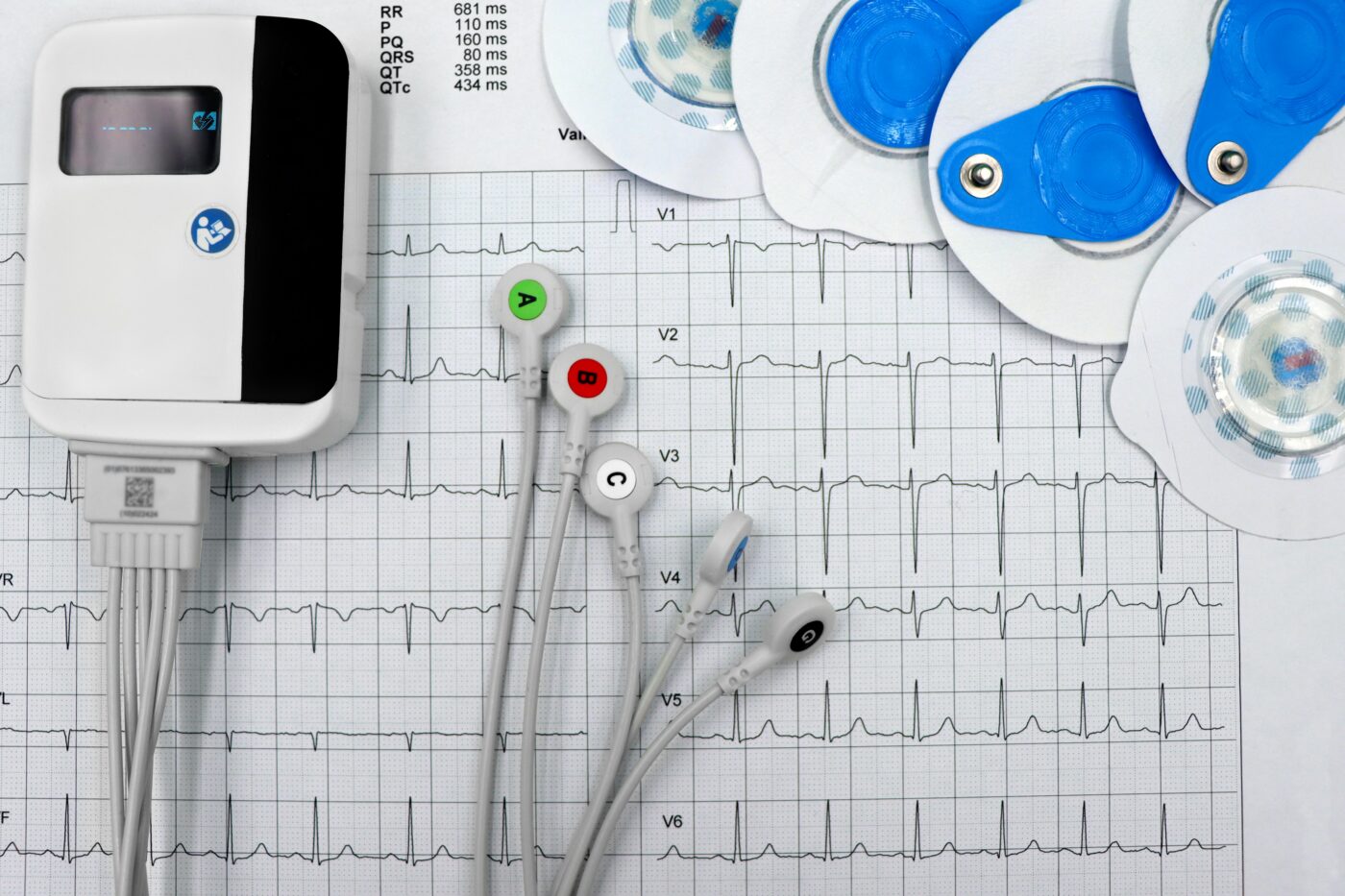Cardiology
Every heartbeat tells a story, and cardiologists listen carefully to diagnose, treat, and protect the rhythm of life.

A 58-year-old woman came to my clinic referred by an ophthalmologist who noticed severe hypertensive changes in her fundus exam—flame hemorrhages, AV nicking, and even a cotton wool spot.
She had no history of hypertension. “I feel fine,” she said. But her blood pressure was 210/115 mmHg when I took it.
An ECG revealed left ventricular hypertrophy. Echocardiogram confirmed diastolic dysfunction. She was in the thick of hypertensive heart disease without knowing it. It was her eye that sounded the alarm.
We initiated antihypertensive therapy immediately and followed up rigorously. Six months later, her BP was controlled, and her eye changes had regressed.



We initiated antihypertensive therapy immediately and followed up rigorously. Six months later, her BP was controlled, and her eye changes had regressed.
The retina is a window to the heart. Ophthalmologists often spot systemic conditions before patients even feel symptoms. Never underestimate what a well-trained eye can reveal.